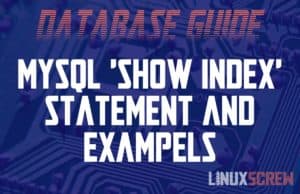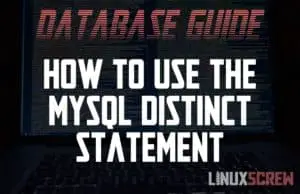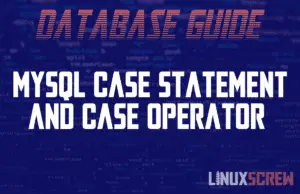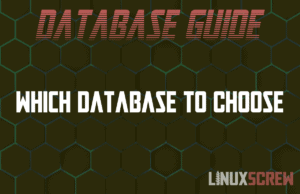Home » Search results for 'mysql'
Show Privileges in MySQL/MariaDB using SHOW GRANTS, With Examples
This article will show you, with examples, how to show what database privileges users have in MySQL and MariaDB. List All Users To show the privileges for a user, you need to be able to query the user’s name. Here’s how to generate a list of all users on a MySQL server: SELECT user FROM mysql.user; …and here’s how to list all users, with the host they are allowed to connect from: SELECT user, host FROM mysql.user; Both of the above queries pull information from … Read more





![The MySQL LIMIT and OFFSET Clauses [with Examples] 5 MySQL LIMIT and OFFSET Clauses](https://www.linuxscrew.com/wp-content/uploads/2021/03/MySQL-LIMIT-and-OFFSET-Clauses-300x194.png)


![How To Check your MySQL (Or MariaDB) Version [Easy] 8 Check MySQL Version](https://www.linuxscrew.com/wp-content/uploads/2021/01/Check-MySQL-Version-300x194.png)

![Guide to Foreign Key Constraints in MySQL and MariaDB [With Examples] 10 Guide to Foreign Key Constraints in MySQL](https://www.linuxscrew.com/wp-content/uploads/2020/12/Guide-to-Foreign-Key-Constraints-in-MySQL-300x194.png)